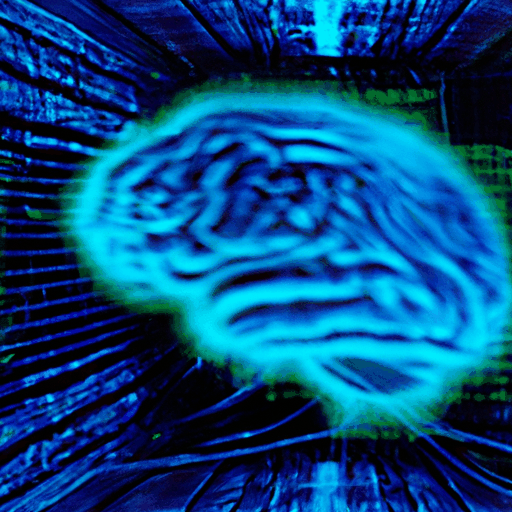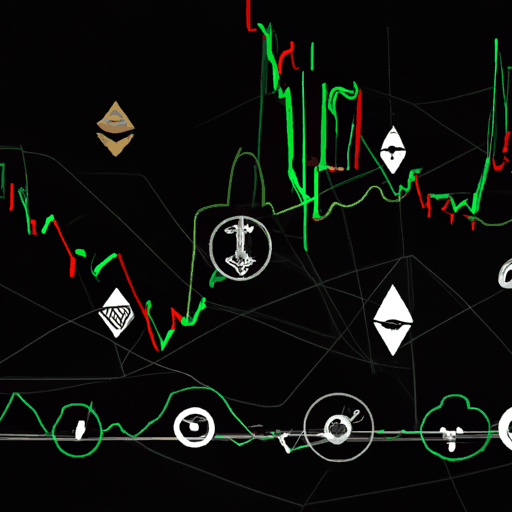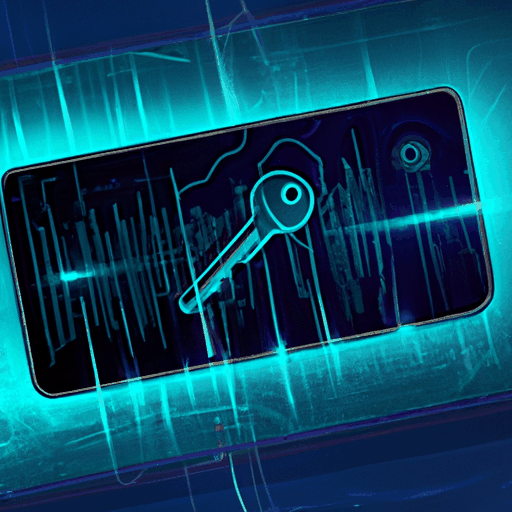
Neuralink Seeks Participants for Global Brain Implant Trials
By: Eliza Bennet
Elon Musk's company, Neuralink, is venturing into new territory by actively seeking participants on a global scale to take part in trials for its brain chip technology. This ambitious initiative aims to integrate brain-computer interfaces (BCI) which could enable individuals to control computers and other devices using only their thoughts. The primary targets for these trials are individuals with quadriplegia, a condition where one is unable to use their arms or legs. Neuralink made this announcement recently, sparking widespread interest and discussions across various platforms.
Neuralink, known for its cutting-edge technology, has already commenced implantations as part of a study referred to as the Precise Robotically Implanted Brain-Computer Interface, or PRIME study. As of January, three patients with quadriplegia have been successfully implanted with the device, which is now being tested to observe its efficacy in tracking neural activity and its potential to enable users to control computers or smartphones with sheer thought. This marks a significant milestone in tech-driven healthcare and could pave the way for new innovations in assistive technology. More about Neuralink.
The trials are designed not only for those with mobility impairments but also for individuals suffering from vision or speech impairments. Participants in the trial will receive comprehensive compensation, with Neuralink covering all travel and study-related expenses. The venture highlights Musk's ongoing commitment to enhancing human capabilities through technology and reflects a broader trend within tech industries to push the boundaries of what is achievable with human-machine interfaces.
This move comes amid increasing interest in BCIs as potential solutions for those with severe disabilities, allowing them to regain a degree of agency. Neuralink's approach leverages a combination of neuroscience and advanced robotics, aiming to provide seamless integration between brain signals and devices. If successful, the implications of such a breakthrough could be vast, offering both medical and technological communities insights into possible new therapies and commercial applications.



